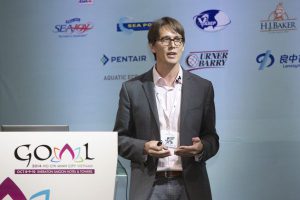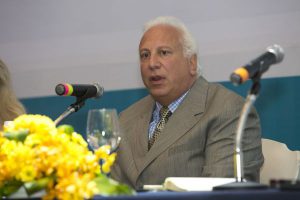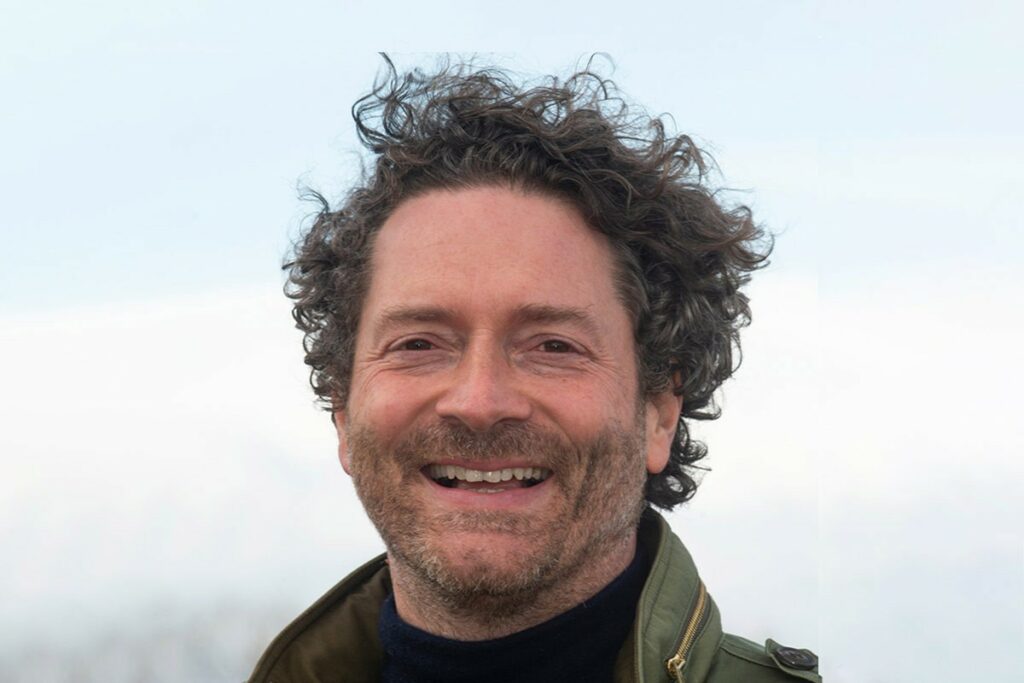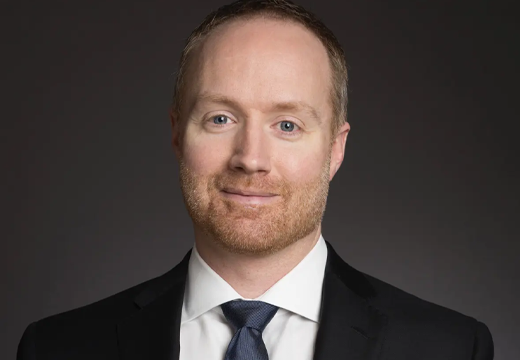GOAL 2014 Roundup: Investment, Smallholder Engagement Focus of Day 2
The need for the global aquaculture industry to better attract capital and investment and to better engage smallholders (i.e. small-scale, family farmers) was the highlight of the Day 2 plenary at the Global Aquaculture Alliance’s GOAL 2014 conference in Ho Chi Minh City, Vietnam, on Oct. 9.
Although topics ranged from food safety to aquaculture insurance and risk management to innovation on Day 2, capital and investment and smallholder engagement best captured the audience’s attention.
 Øistein Thorsen of Benchmark PLC’s Sustainability Science division (pictured at right)—a New York-based firm that helps organizations design a comprehensive and strategic approach to sustainability through footprint and value-chain analysis—gave the keynote address. He made the business case for aquaculture, painting a cautiously optimistic picture for the future of the industry.
Øistein Thorsen of Benchmark PLC’s Sustainability Science division (pictured at right)—a New York-based firm that helps organizations design a comprehensive and strategic approach to sustainability through footprint and value-chain analysis—gave the keynote address. He made the business case for aquaculture, painting a cautiously optimistic picture for the future of the industry.
“Everything is getting more scarce. We have a growing global middle class that’s rapidly changing their diet and putting immense pressure on the supply chain,” said Thorsen. “Yet there’s some good news for aquaculture. Your product is incredibly popular among the growing middle class in Asia, and no one can touch your feed-conversion ratios.”
Thorsen identified four major challenges that aquaculture needs to address if it’s to attract capital and investment — resource scarcity, climate change, transparency and the digital revolution, and consumer perception. “We need to show we can do more with less,” said Thorsen. “We need to address climate change. We need to be transparent and embrace technology. And, finally, don’t be shy to tell your story.”
 George Watene of the 4C Association (pictured at left) followed Thorsen, forcing the aquaculture-dominated audience to take a step back and learn how another industry is dealing with the same types of challenges that aquaculture faces. Watene explained the coffee industry’s “4C” approach to sustainability through smallholder engagement and industry collaboration.
George Watene of the 4C Association (pictured at left) followed Thorsen, forcing the aquaculture-dominated audience to take a step back and learn how another industry is dealing with the same types of challenges that aquaculture faces. Watene explained the coffee industry’s “4C” approach to sustainability through smallholder engagement and industry collaboration.
There are about 25 million small-scale coffee farmers worldwide. “You’re not going to be able to use the same net to catch small fish that you use to catch big fish,” advised Watene in explaining the coffee industry’s approach to smallholder engagement.
The discussion on smallholder engagement crested with a three-person panel moderated by Peter Redmond of GAA’s Best Aquaculture Practices division and featuring Jeff Sedacca of National Fish & Seafood (pictured at right), Anton Immink of Sustianable Fisheries Partnership and BAP’s Lisa Goché.
Some 70 to 80 percent of global farmed shrimp production is produced by small-scale farmers, who often feel disenfranchised from the sustainable seafood movement, said Immink.
 The marketplace pressures suppliers, who, in turn, pressure processors and farmers to pursue third-party certification. But what about the small-scale famers who are not part of a corporate establishment yet represent the majority of global farmed shrimp production?
The marketplace pressures suppliers, who, in turn, pressure processors and farmers to pursue third-party certification. But what about the small-scale famers who are not part of a corporate establishment yet represent the majority of global farmed shrimp production?
A stepwise approach is necessary, said Goché, because the majority of small-scale farmers are not ready to pursue third-party certification. GAA is partnering with SFP and National Fish & Seafood on a pilot project to bring small-scale shrimp farmers closer to BAP certification. With support from GAA, National Fish & Seafood is setting up four shrimp-farming clusters in Vietnam, Indonesia and India and launching the first Aquaculture Improvement Projects (AIPs) through SFP to document improvements in farming practices.
Clustering farmers reduces the cost of pursuing certification “tenfold” and incentivizes farmers with short-term economic benefits without losing sight of long-term sustainability objectives, said Sedacca.
“Consolidation is coming in the industry,” he explained. But unlike Pangasius, “it doesn’t have to be just a few companies buying up small farmers. This model means small farmers don’t lose access to their market and don’t lose their incomes. They gain the chance to be part of an improving industry.”
Photos courtesy of Gail Hannagan of Preferred Freezer Services.




